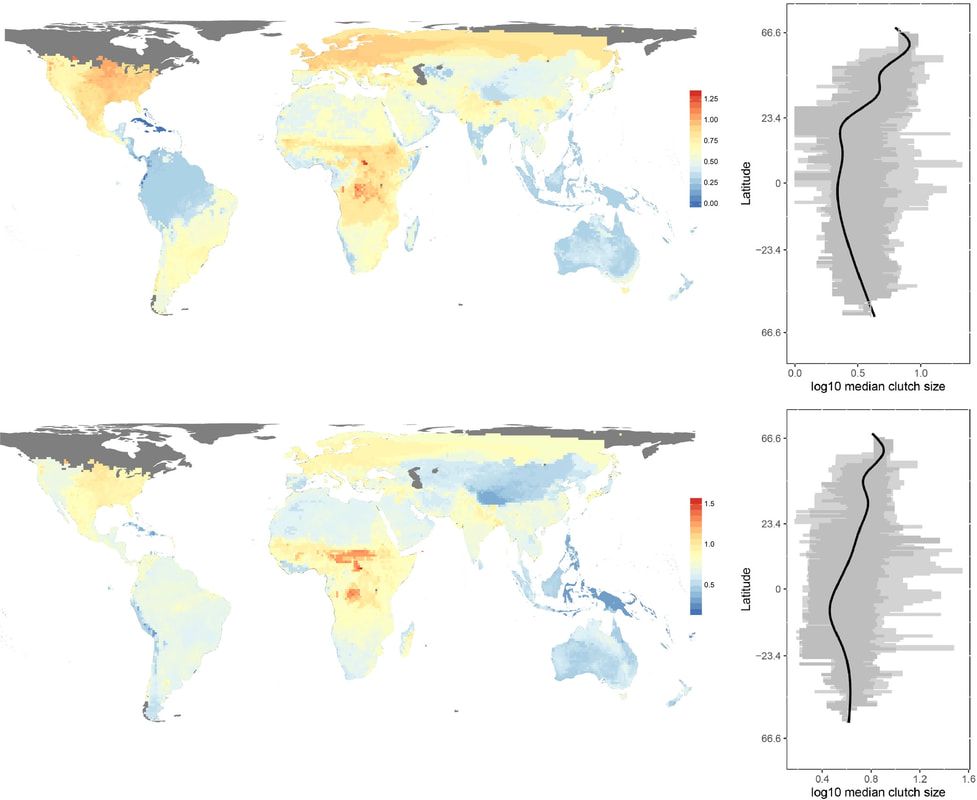
|
In a recent publication in Global Ecology and Biogeography GARDians explored the global diversity and distribution of lizard clutch sizes. We tested the geographic factors that affect clutch sizes in across nearly 4000 lizard species. We found similar patterns to those that have long been known in birds but were never seriously studied in other groups of organisms: lizards lay large clutches at high latitudes and at highly seasonal regions. We postulate that high latitudes with their short, pronounced productivity peals both allow the production of large clutches and promote putting all the eggs in one basket – because the window of opportunity is short in highly seasonal regions. We hypothesize that this may further be a factor preventing taxa with fixed clutch sizes from colonizing high latitudes.  Median log‐transformed clutch size in 96 km × 96 km grid cells globally. Top: all lizards; bottom: only lizards with variable clutch sizes. Note that the colour scale differs between the maps. To the right of each map is a curve showing a generalized additive model of the mapped variable (in black), the 95% confidence intervals of the mapped variable per 96‐km latitudinal band (shaded dark grey), and the range of values of the mapped variable per 96‐km latitudinal band (shaded light grey). Authors: Shai Meiri, Uri Roll
1 Comment
In a recent publication in the Israel journal of ecology and evolution, we (Gavin Stark, Rachel Schwarz and Shai Meiri) showed that nocturnality does not prolong lifespan among the within gekkotan species. Species from the infraorder Gekkota are known to be predominately nocturnal as opposed to other lizard clades. Diurnal lizards demonstrate higher metabolic rates than nocturnal ones. Moreover, exposure to solar radiation is thought to reduce ectothermic longevity by increasing both metabolic costs and the rate of accumulating harmful mutations through UV radiation. Thus, we assume that by being nocturnal, ectothermic species may reduce their intrinsic mortality rates and thus live longer. We compared groups of nocturnal and diurnal species across all gekkotan families, and also compared all non-gekkotan species to geckos (740 lizard species, of which 185 are geckos) to test whether nocturnality select for longer lifespans. We found that geckos live relatively long for lizards of their size, however their activity time was found to be unrelated to longevity, contradicting our predictions. We suggest that mortality through extrinsic causes (e.g., predation) may impose much stronger selective pressures than intrinsic causes. Author: Gavin Stark
We tend to think of ways to categorize animals either by shape (4 legs? 2 legs? no legs?, thin? Fat? big headed? small headed?) or phylogenetic affinities (reptiles? lesser animals? Snakes? Skinks?). But what about ecology? The many aspects of a species ecological niche are generally quantified singly, or we refer to some abstract “multidimensional niche”, meaning we give up trying to characterize it before we even started. In a paper published recently in the Journal of Biogeography GARDians, led by Enav Vidan and Jonathan Belmaker, tried to define, and numerate, the main types of lizards out there – as reflected in their ecology. 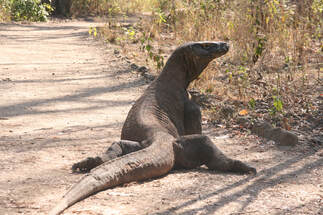 Komodo dragon (Photo: Marinus Hoogmoed) Komodo dragon (Photo: Marinus Hoogmoed) We have selected four traits that we felt define much of the fundamental axes of ecological variation seen in lizards: 1. use of space / microhabitat preference, that defines where in the environment a lizard is active (on the ground? In trees or rocks? Under ground? In water?); 2. Activity times: species active in the same place, or even on the same branch or piece of ground, can segregate their use of the environment by dividing the temporal niche. Furthermore, being diurnal or nocturnal (or being cathemeral and enjoy both ‘worlds’) has strong implication on thermal biology and hence on metabolism and rates in which lizards take up resources and exchange them with the environment; 3. Diet: is a species insectivorous/carnivorous, as most lizards are? Or do they predominantly feed on plant matter (these guys seem to even take more leaves and plant parts with lower energy content)? Or do they in fact use both plants and animals (and then probably energy richer plant parts such as berries or sap)? This is directly related to the way a lizard affects its environment and may also influence its position across the sit and wait-active foraging continuum (no use waiting for plants); 4. Body size – while not an ecological trait per se size nonetheless strongly influences a host of ecological processes, from the degrees of metabolism and energy flow, to the types of available foods – and potential predators. These four traits obviously interact, and some combinations may be more or less common than others: small, diurnal, terrestrial insectivore is after all the first picture to pop to mind when the term ‘lizard’ is introduced (except for the diehard gecko lovers among us, and well, there are a few of us with this infatuation). But are there tiny nocturnal herbivores? Or huge nocturnal lizards? How common is a marine iguana (large, herbivorous, swimming diurnal beast) type lizard – do we remember it simply because it is exotic? 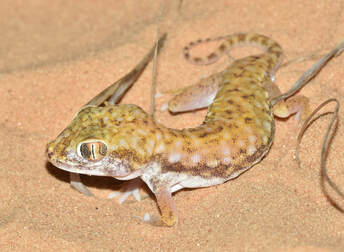 Stenodactylus petrii (photo: Marco Ferrante) Stenodactylus petrii (photo: Marco Ferrante) We used Archetypal Analysis to assign lizards to types – or archetypes. Archetypal Analysis is an unsupervised machine learning technique that seeks to find the number of clusters that create the smallest convex hull in an n-dimensional trait space, by using the extreme values rather than the centroid of the clusters. AA assigns, for each species, a vector of affinities to each archetype. Most species are probabilistically assigned to several archetypes, with the partial probabilities summing to one. We found that the most common functional trait combinations are (1) diurnal, terrestrial, carnivores (20% of the species); (2) diurnal, scansorial, carnivores (16%); and (3) nocturnal, scansorial, carnivores (13%). Lizards could be robustly classified into seven ecological “Archetypes”:
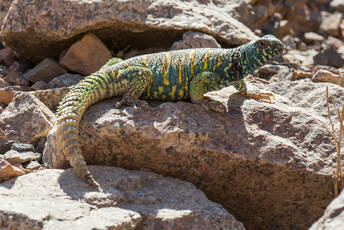 Uromastyx ornata (photo: Alex Slavenko) Uromastyx ornata (photo: Alex Slavenko) We then partitioned the global spatial patterns of lizard richness into these seven archetypes, and found that each shows pretty distinct patterns. Turns out Australia is the main hotspot for the herbivorous, nocturnal, fossorial, and terrestrial strategies – and for lizards in general. The Amazon basin is the main hotspot for the semi-aquatic, and scansorial strategies, whereas the large strategy has pan-tropical hotspots, especially in both the Amazon Basin and Northern Australia, but also in Africa, SE Asia and Mexico. Surprisingly, we found that functional diversity peaks in areas with medium species richness and slowly decreases toward the speciose areas. This unexpected richness-functional diversity unimodal association is also revealed within the scansorial, large, and semi-aquatic strategies. The richness patterns of terrestrial, nocturnal, herbivorous, and fossorial strategies increase with species richness, but globally functional richness peaks in areas with medium species richness. Thus increases in richness do not necessarily stem from increased functional diversity. Species diversification within specific strategies often dominates richness patterns. Our findings support the contention that it is important to consider different functional and ecological subgroups when studying richness patterns. Author: Shai Meiri
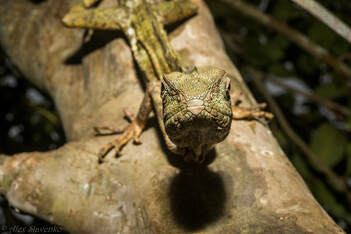 Hypsilurus papuensis from Mt. Victoria, PNG Hypsilurus papuensis from Mt. Victoria, PNG Throughout the years, scientists have formulated various ecological "rules" describing how body size evolves as an adaptation to various climatic factors – the first and most famous of these being Bergmann's Rule which posits animals increase in size in cold habitats as an adaptation to minimize heat loss. In our recent paper published in Global Ecology and Biogeography, we examined trends in body size of squamates, utilizing GARD's massive dataset of distributions and body sizes. We examined these trends both at the assemblage level (how median size of squamate assemblages changes from one area to the next, and how it's correlated with climatic conditions in those areas) and at the species level (how body size changes from one species to the next, and how it's correlated with the climatic conditions experienced by each species). 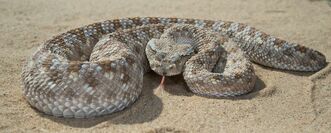 Cerastes gasperetti from the Arava Cerastes gasperetti from the Arava Our most basic prediction was that if the proposed mechanisms behind these rules work, we'd see the expected correlations in most cases. What do we mean by that? If, for instance, Bergmann's Rule works, in most cases (squamates on different continents, or in different families, etc.) we'd see a negative relationship between size and temperature. What we found is, for lack of a better term, a huge mess - the spatial patterns for squamates differ from the spatial patterns for lizards and snakes separately, and from continent to continent, and between different families. For each of the climatic variables we examined, we found positive relationships with size in roughly a third of the cases, negative relationships in roughly a third of the cases, and no relationships in about a third of the cases. When we examined patterns at the species-level we found an extremely strong phylogenetic signal, which makes sense (geckos and skinks are typically all small, varanids and pythons are typically all large, etc.), and we found that climatic variables explain about 1-2% of the interspecific variation in body size, a fraction so small as to be almost negligible. To sum it all up, our conclusion was that the effect of climate on size evolution in squamates is negligible at best, at least at the interspecific level. Of course, climate can be very important – it can serve as an ecological filter for dispersal and colonization of different groups, which can create spatial patterns in body size when these groups differ in size, as we indeed find (for instance – most squamates in Australia are skinks, and most skinks are very small). In any case there doesn't seem to be some general "rule" we can formulate on how climate affects body size evolution, and we think such evolutionary relationships, if they exist, are highly species-specific and should be examined on a case-by-case basis. Author & photographer: Alex Slavenko
In a recent publication in Global Ecology and Biogeograpy, I present a vast dataset of over 20 body size, ecological, thermal biology, geographic, phylogenetic and life history traits for global lizards.
I hope these data will facilitate more study into the biology of these most fascinating of creatures, and that the database publication will encourage others to add yet more data and to correct errors I surely have made when assembling them.
Author: Shai Meiri In a recently published paper in Diversity and Distributions we try to illuminate aspects regarding the biology, and conservation of all narrow ranged lizard species, across the globe.
When exploring different attributes of small ranged species we found that most of them inhabit relatively inaccessible places in tropical climates worldwide. Furthermore, they are mostly small bodied species; many of them are active at night; and live in rocky habitats. Among the different lizard groups geckos and skinks dominate with many rare species.
This work could help better focus conservation efforts by pointing at the species, and places, that are in the greatest need of protection. Many of the species, especially those which have not been observed for decades, may well be already extinct. However, to-date only six of the species studied have been officially recognized as such. In order to examine the true extent of such extinctions, and try to prevent future ones, the study provides invaluable information for directing future research and conservation efforts. The Hot Eurasian nightlife - How do different environmental forces affect nocturnality in lizards?10/10/2017 In a recent publication in Global Ecology and Biogeography we explored the prevalence of nocturnality amongst Eurasian lizard species and tried to understand what drives these patterns. Most animals – at least those that live above ground – are active either during the day or during the night. Being active at either time of day carries with it unique benefits and challenges, and thus particular adaptations. Because of this being nocturnal or diurnal is a trait that is pretty rigid amongst closely related species.
We found that nocturnal lizards have the highest species richness in the tropics and in deserts, and their richness decreases when they get closer to the North Pole. Nocturnal lizards are precluded altogether from the coldest regions inhabited by lizards – in high mountains and the highest latitudes.
Author: Enav Vidan
In a recent publication in the Journal of Biogeography we show that Insular lizards with variable clutch sizes follow the predictions of the island syndrome, while lizards with fixed clutches do not.
Author: Rachel Schwarz
In a 2017 publication in Global Ecology and Biogeography, we collated a novel quantitative volumetric dietary dataset for 308 lizard species worldwide from the field and literature. This novel dataset enabled us to test seven competing hypotheses posited to explain dietary niche breadth, focusing on those that are thought to either cause, or be influenced by, the latitudinal diversity gradient.
A major tenant explaining greater species richness in the tropics is interspecific competition. Dietary niche breadth has long been hypothesized to decrease from the poles toward the tropics, as the numbers of competitors increase. Geographical variation in niche breadth is also hypothesized to be linked to high ambient energy levels, water availability, productivity and climate stability – reflecting an increased number of available prey taxa. Range size and body size are also hypothesized to be strongly and positively associated with niche breadth. We sought to determine which of these factors is associated with geographical variation in niche breadth across broad spatial scales and thus potentially drive the latitudinal diversity gradient.
The synergistic effects of a narrow dietary niche and small range size augments the vulnerability of species to habitat loss and climate change. Based on our findings, the ‘competitionist’s paradigm’ seems to be the exception rather than the rule in explaining the latitudinal diversity gradient. Author: Alison Gainsbury
|
AuthorMainly maintained by Shai Meiri and Uri Roll Archives
October 2022
Categories
All
|


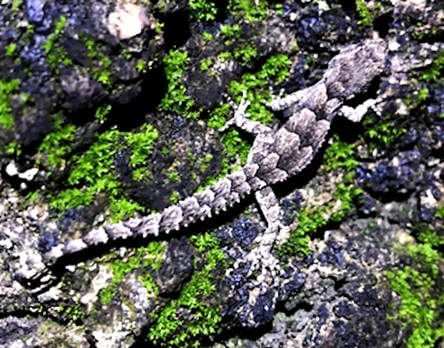
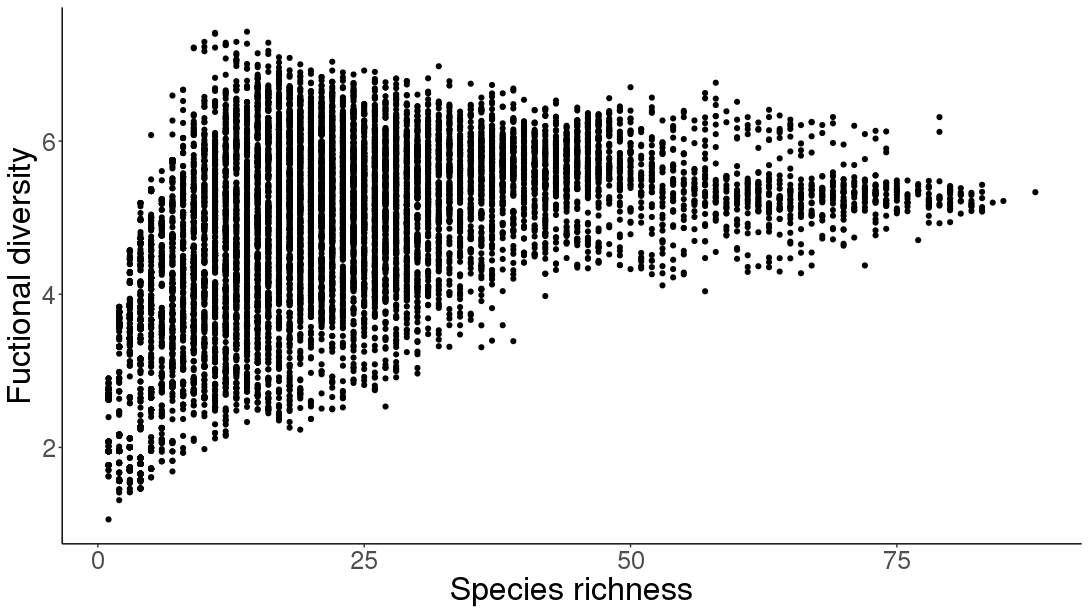
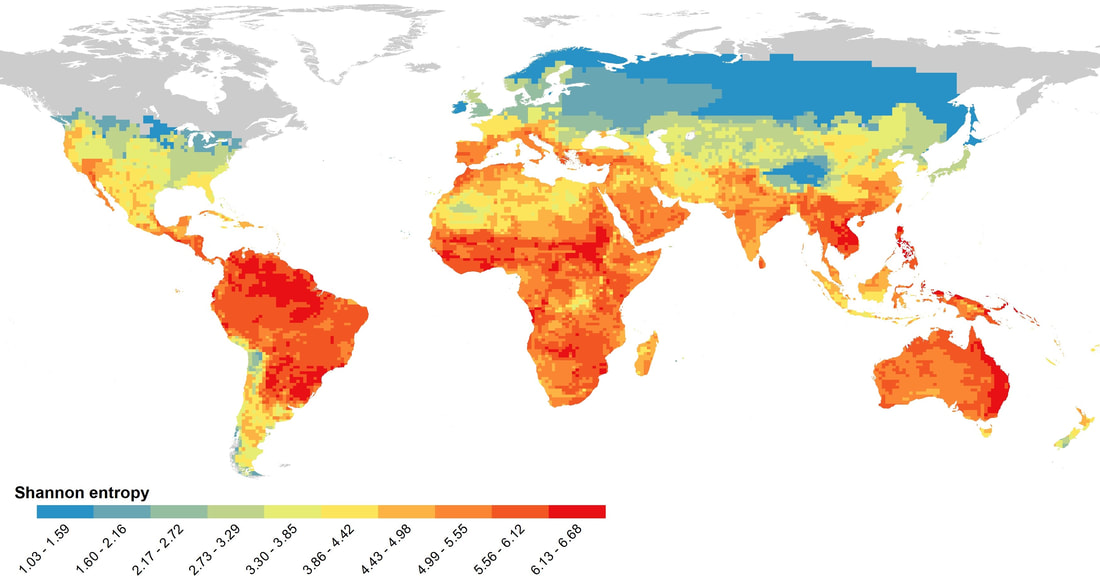
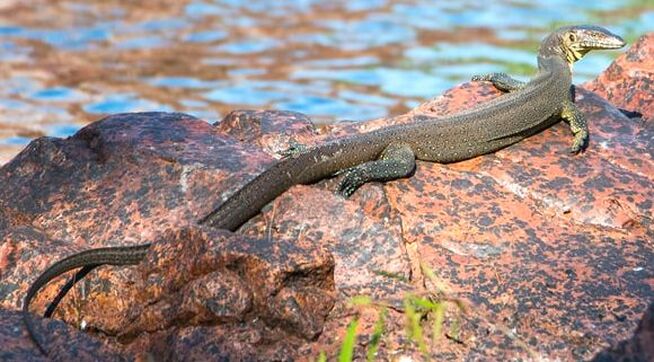
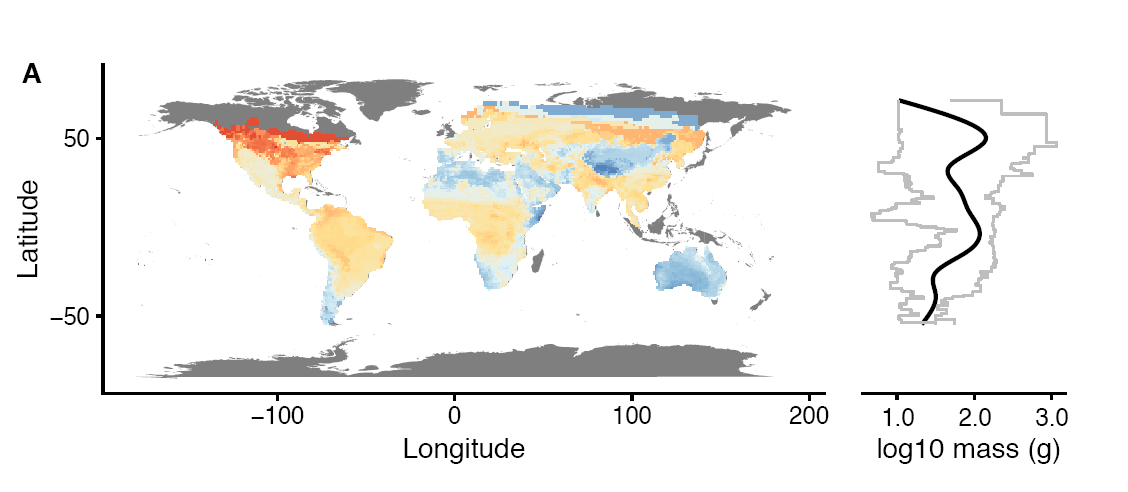
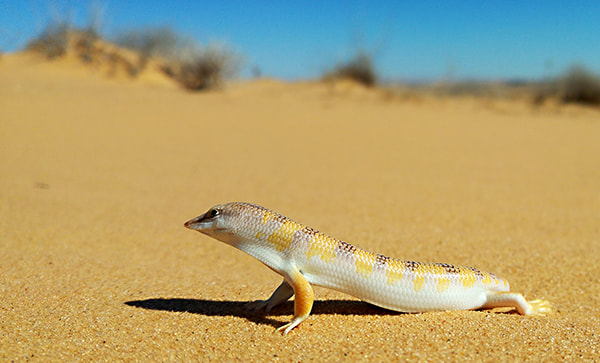
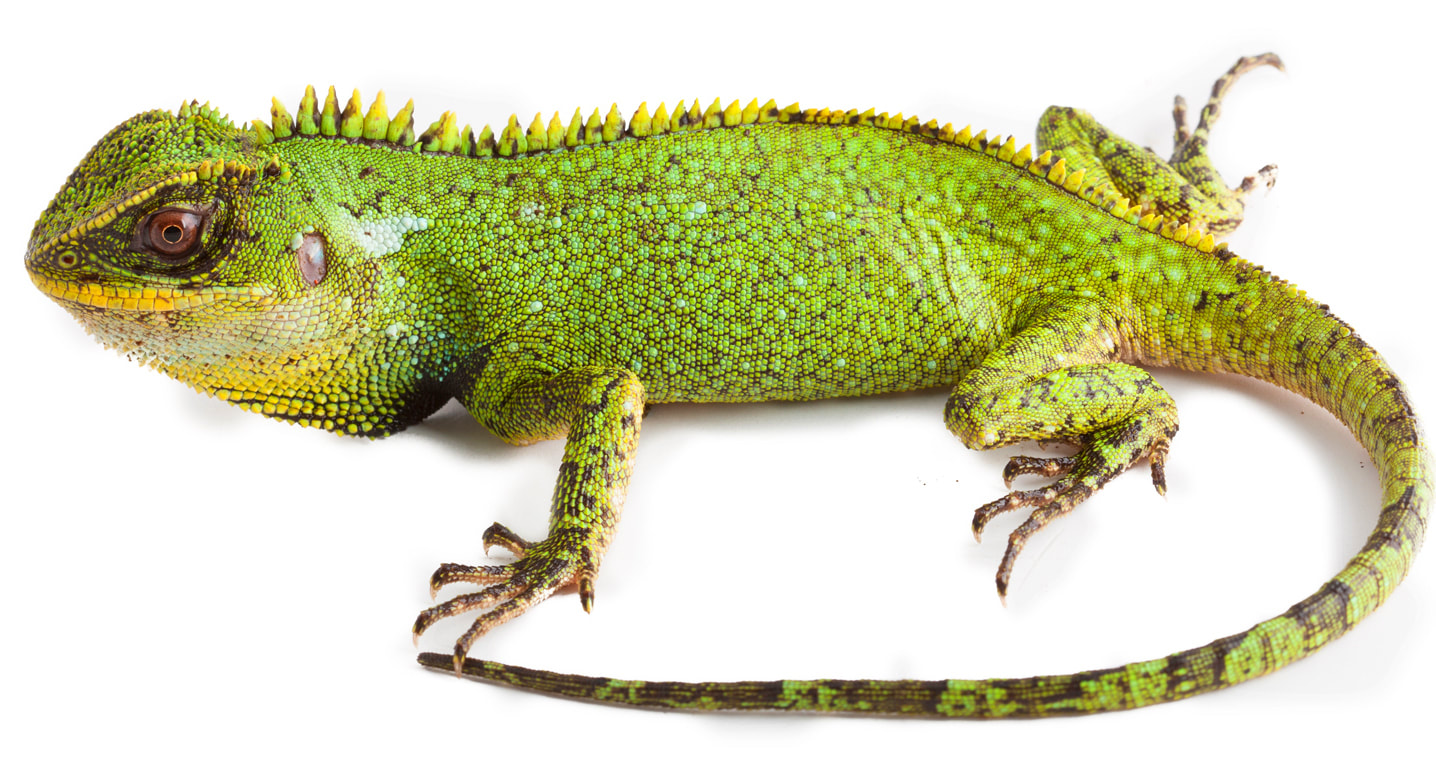
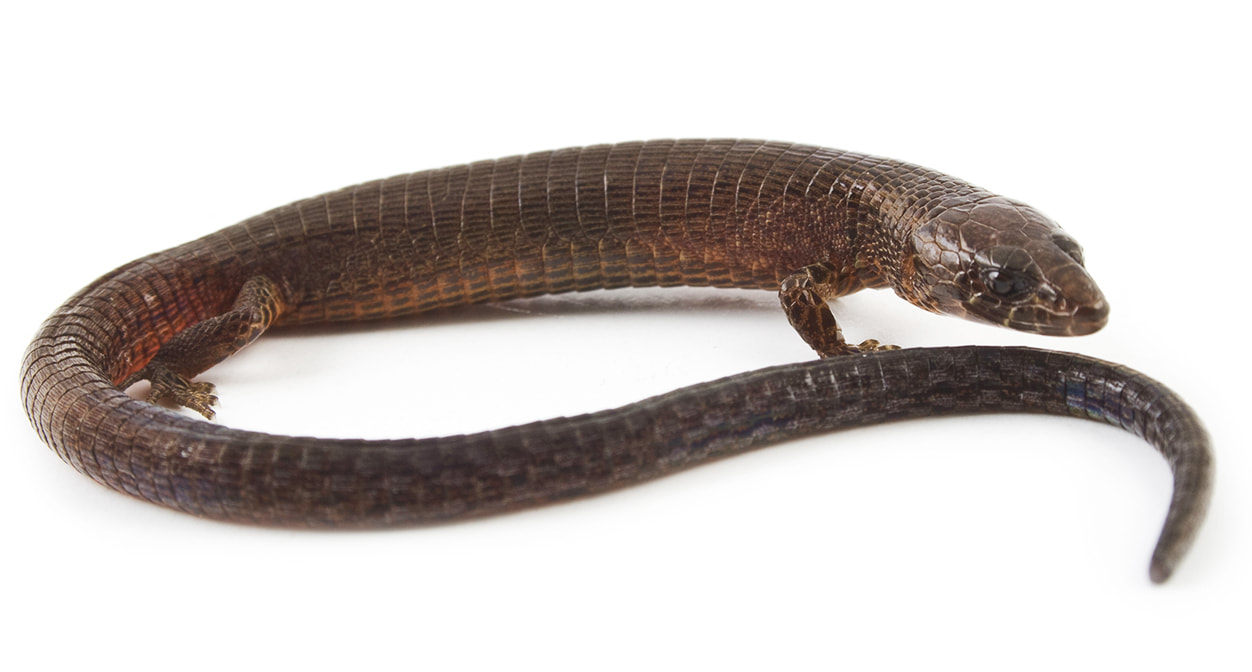
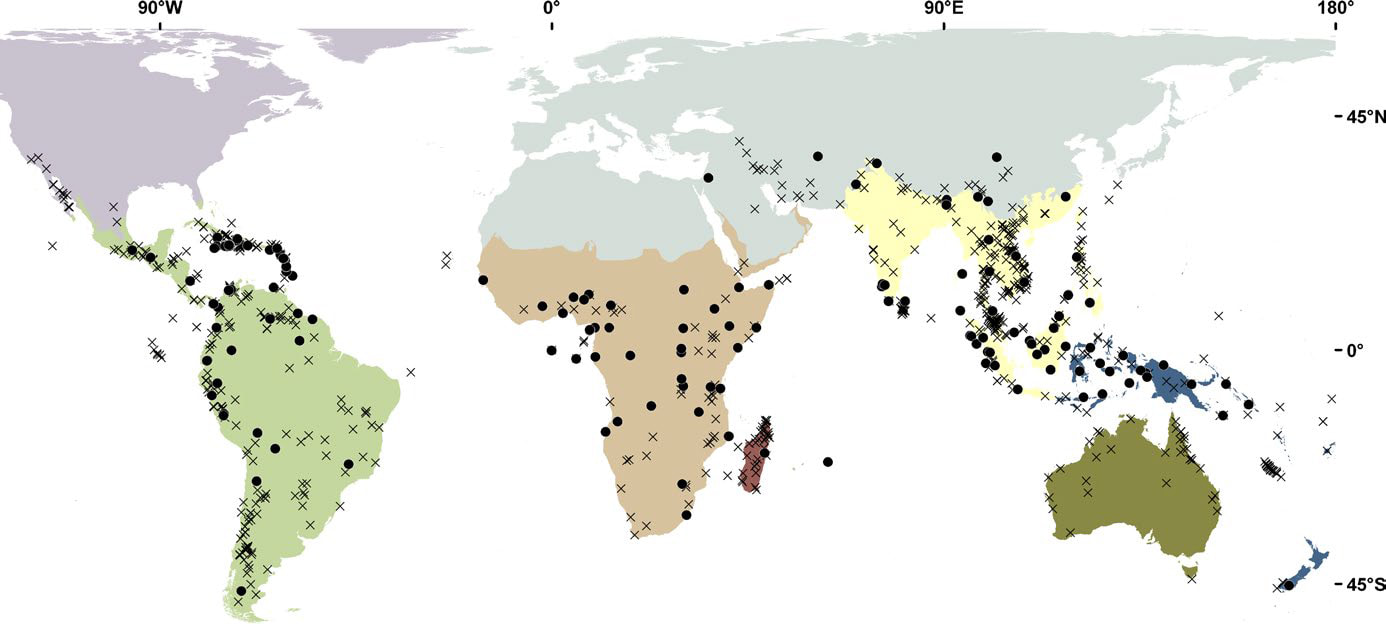
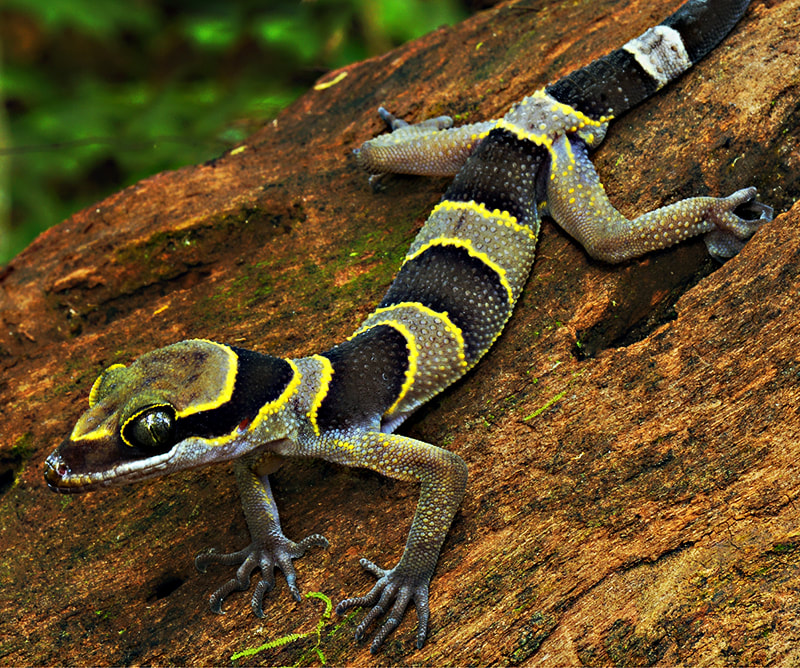
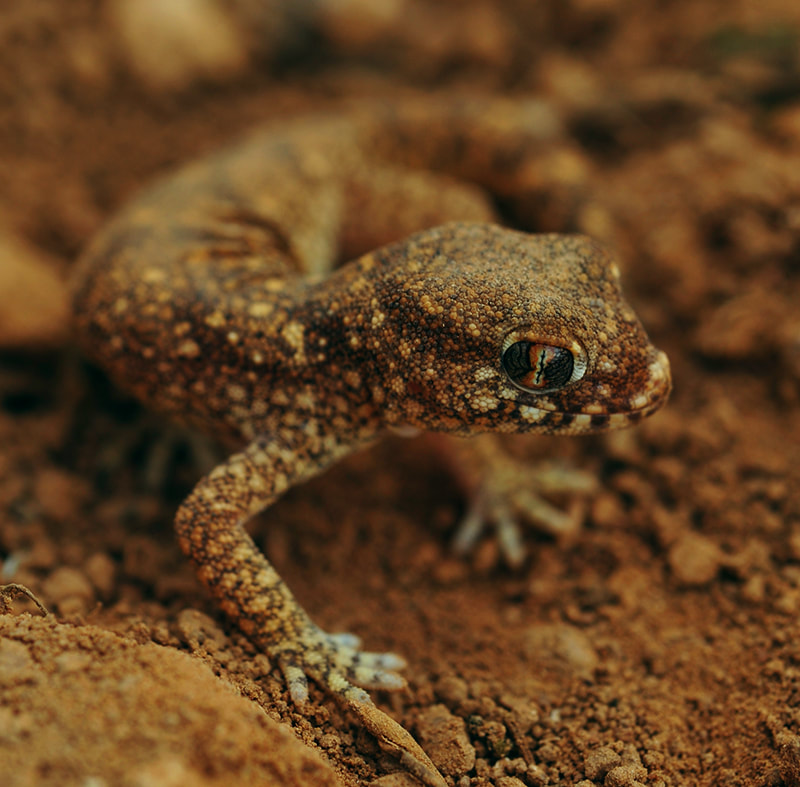
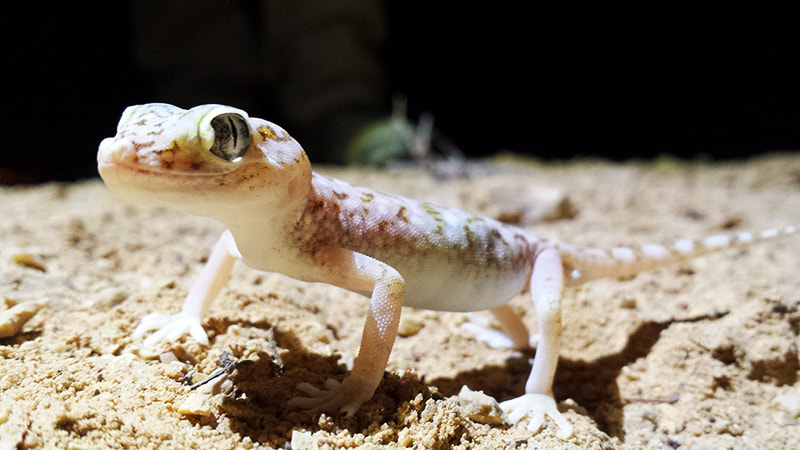
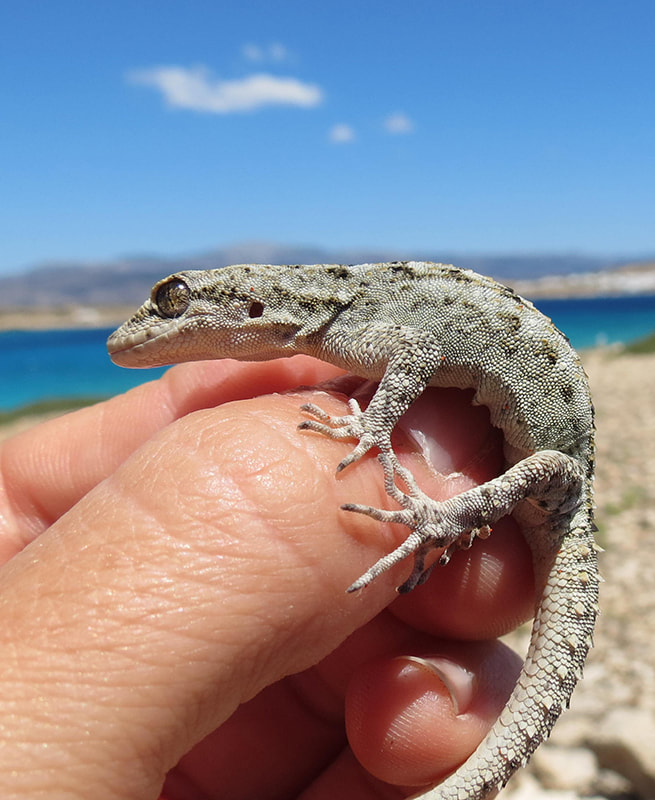
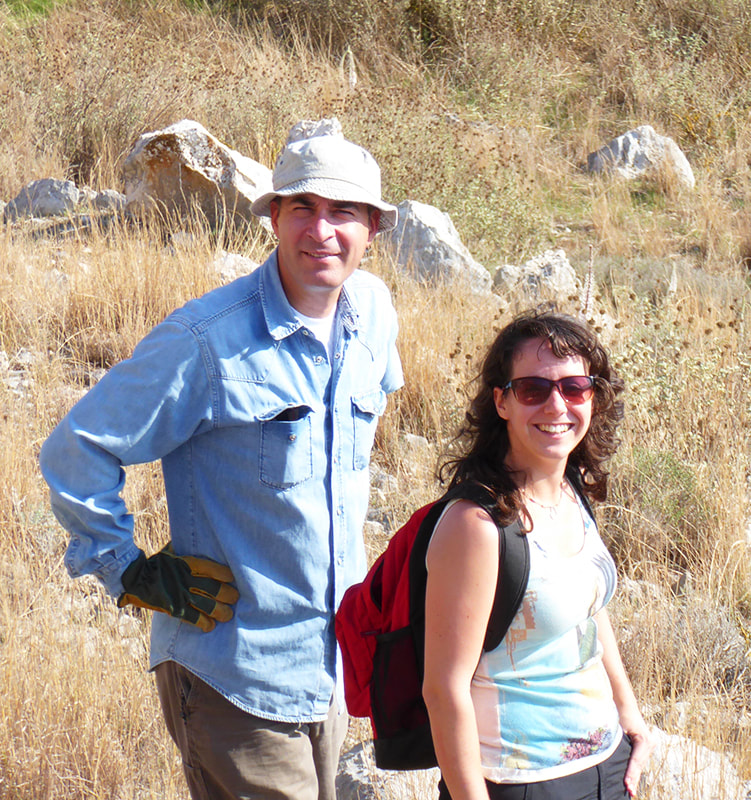

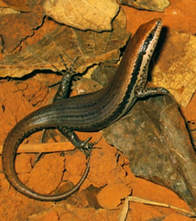
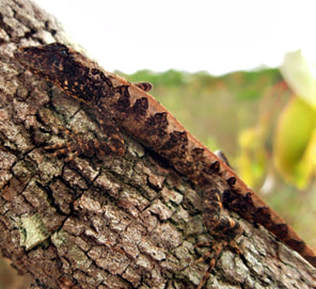
 RSS Feed
RSS Feed
